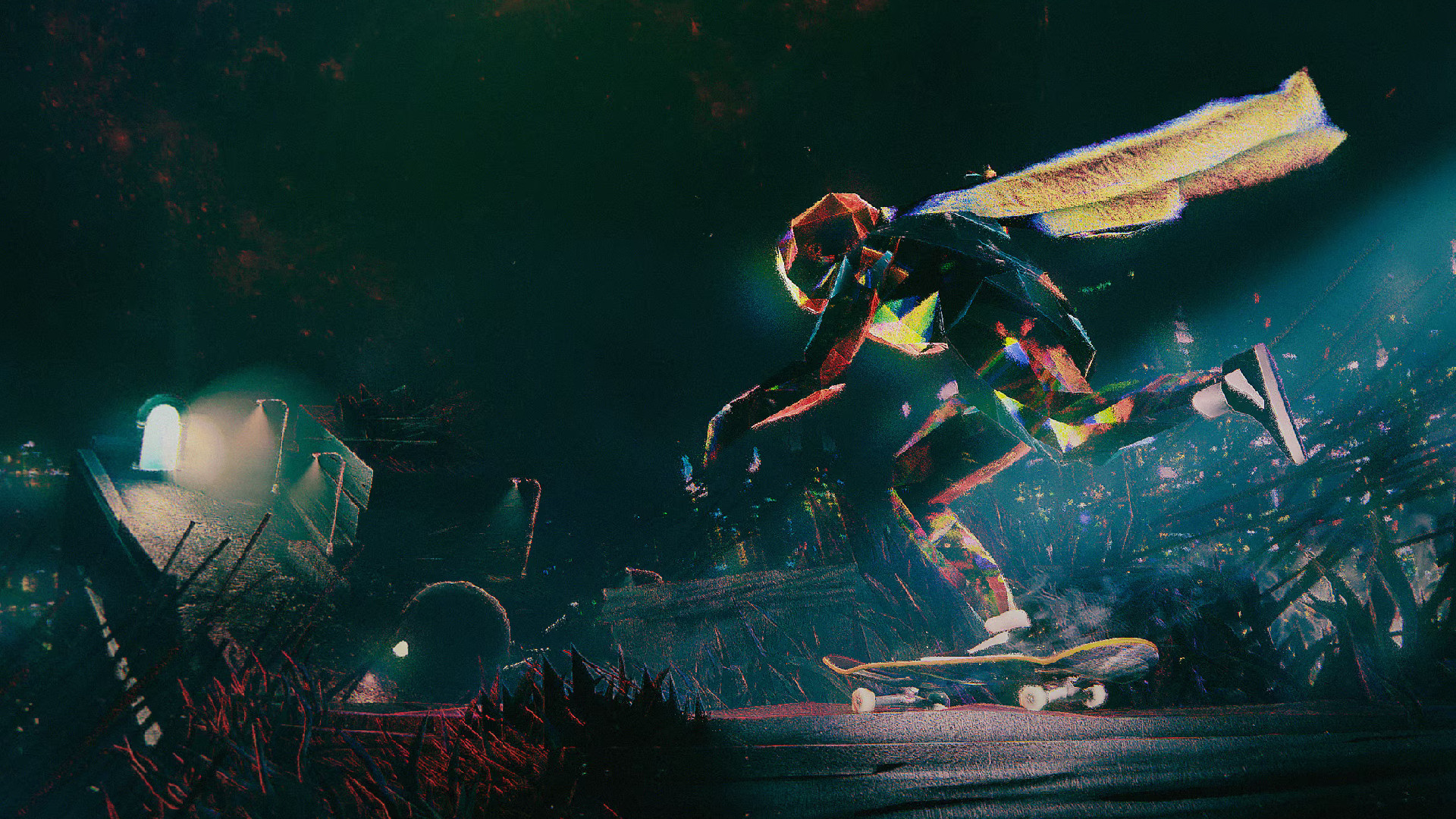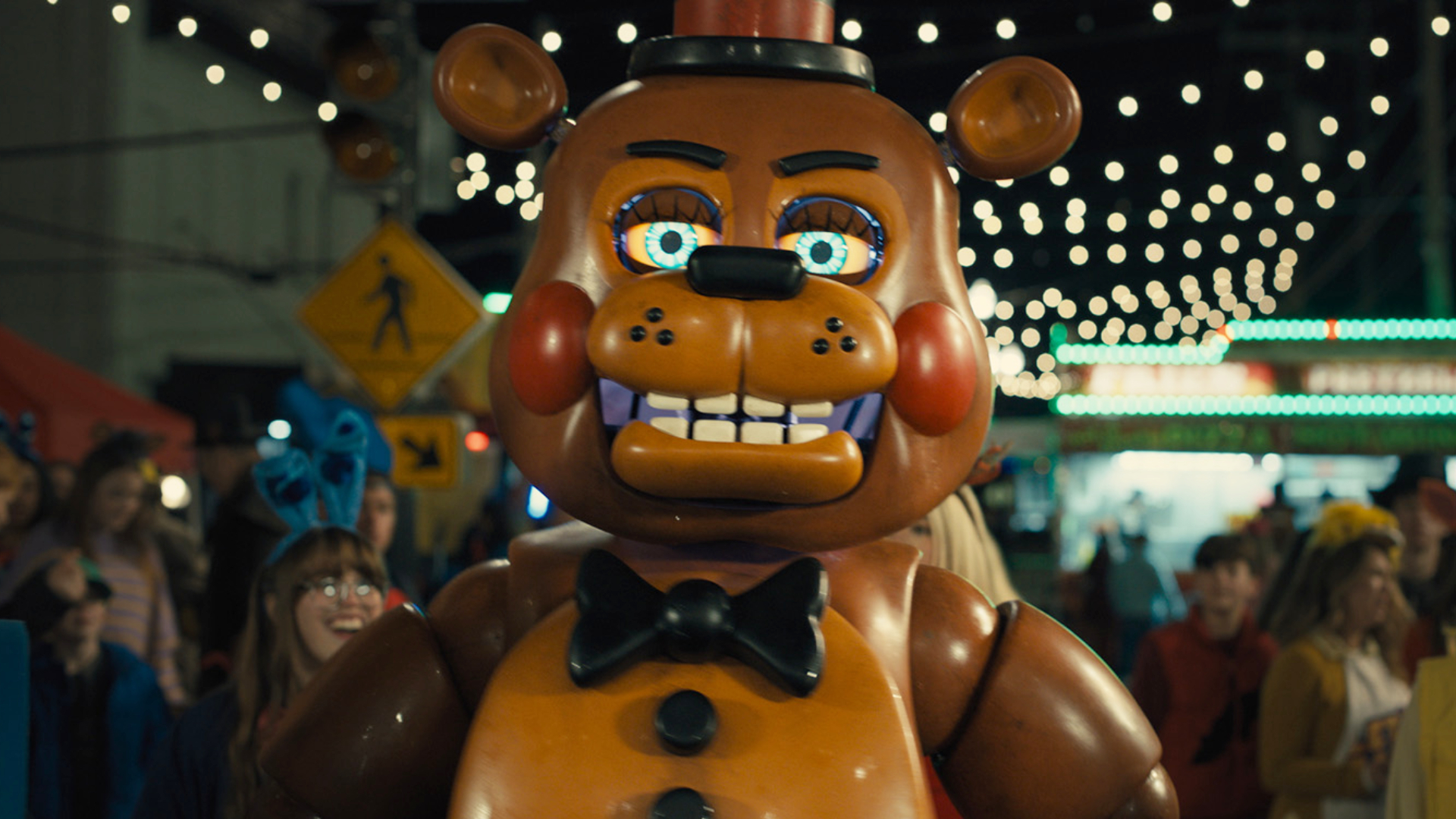Fantastic sequels to forgettable games
From crap to GOTY
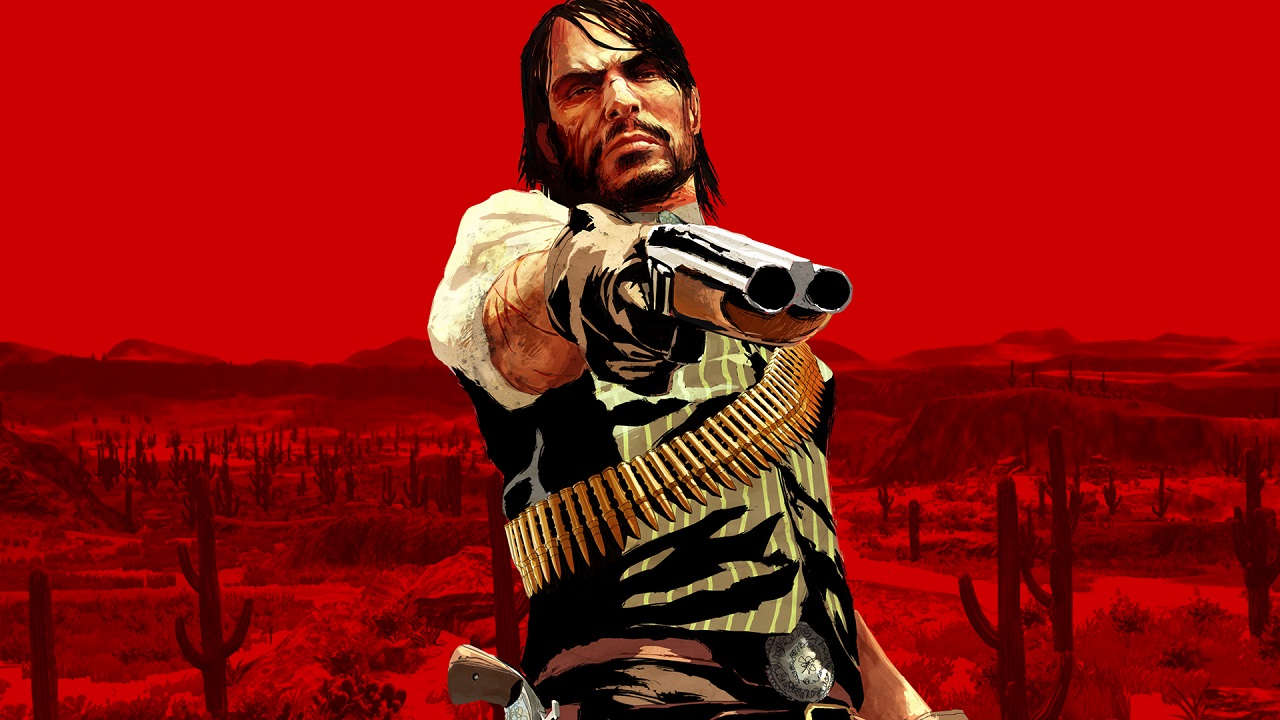
Tell me if this sounds familiar: you've just picked up a brand new console on launch day, you've read all the reviews, and despite all of your better instincts, you went ahead and grabbed Perfect Dark Zero anyway. Or how about this: it's the dead of summer, it's too hot to go outside, and by God, you're going to find something, anything to play. This is how crappy games go on to become mega-franchises.
But sometimes that's OK. Because when the developers of that less-than-stellar game get a chance to go back to the drawing board, they can keep the things that worked, throw away everything else, and somehow polish a turd into a stunning diamond. What follows are some fantastic sequels to crappy games. They probably didn't deserve a second chance, but hey, we're sure glad they got one.
Killzone 2

The Xbox had Halo, and the PlayStation 2 needed its own shooter. It was really that simple in 2004, when Sony released Killzone, a futuristic shooter with a darker approach to the genre. Its vision of war was a gritty, pretty one, with stunning visuals (for the time) and an interesting premise. But the gameplay was less than impressive, and bugs mixed with poor AI held it back from being the Halo killer it was hyped up to be.
Regardless, Sony opted to press on with the series, eventually announcing Killzone 2 for the PS3 with a beautiful (and totally CGI) trailer. Expectations were high, and the game actually managed to meet them. The visuals are still some of the best in any game--ever--and the multiplayer was leaps and bounds beyond most other PS3 shooters. Better yet, it spawned an even better sequel in Killzone 3, proving that a first impression isnt really all that important.
Two Worlds II
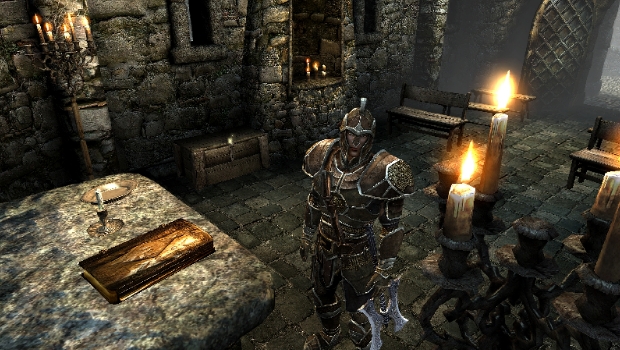
The first Two Worlds felt like a poor mans Oblivion that was rushed out the door--because, quite frankly, it was. Polish developer Reality Pump (stop snickering) had been crafting their fantasy action-RPG with the PC in mind--when all of a sudden, the order came in to drop everything and develop an Xbox 360 version. We imagine it must've been the developers real-life version of the classic I forgot I registered for this course and todays the final exam nightmare. Reality Pump had zero experience making console games, and despite their best efforts, the writing was on the wall when the buggy, barely finished 360 version debuted.
Luckily, the studio got the go-ahead for a sequel after strong sales abroad--and this time, they had gotten into the groove of developing for multiple platforms. Granted, Two Worlds II wasnt the end-all-be-all of open-world RPGs--in fact, it was still rather clunky compared to its competitors. But what it lacked in production value, it made up for with deep character progression, satisfying quests, and an unabashed conviction in following its own style. Thats about a good a follow-up as you could ask for.
Just Cause 2
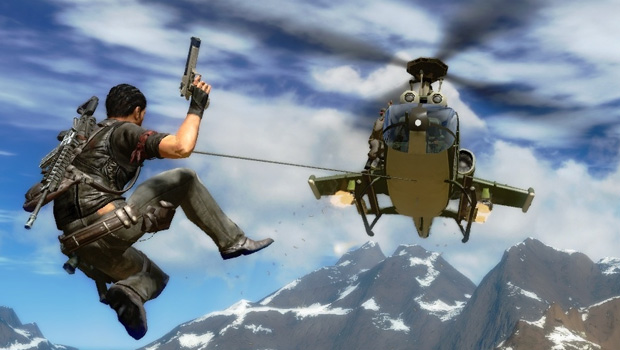
In 2006, many developers were releasing titles on both last-generation (PS2 and Xbox) and next-generation (Xbox 360) consoles--and usually, both versions suffered from this attempt. The original Just Cause was met with this cruel fate, and ended up being buggy, shallow, and not nearly as fun as it felt like it wanted to be. It wasnt bad, it was just well, actually, it was sort of bad.
Weekly digests, tales from the communities you love, and more
The sequel, on the other hand, was absolutely marvelous. Just Cause 2 was a playground of destruction, taking full advantage of the current generations power with a massive, beautiful island to explore, filled with fun stuff to destroy. The game was simply jam-packed with stupid, hilarious things to do, like strapping propane tanks to people and then shooting them, or jumping out of helicopters in mid-air and trying to fly back in. Just Cause 2 was everything we wanted from the original, except cooler, prettier, and a hell of a lot more fun. And not bad. Oh, not bad at all.
Red Steel 2
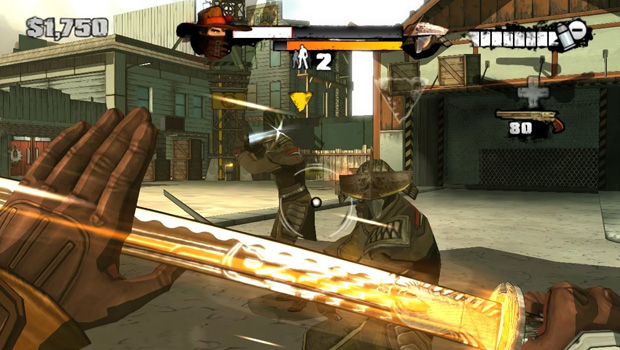
Red Steel was supposed to be the Wiis first big third-party success, demonstrating how core games could be accomplished with the as-of-yet unproven Wii Remote. Instead, it did the exact opposite: The game featured graphics that reminded everyone of the hardwares shortcomings, and set the bar very, very low when it came to controls. Several years later, Red Steel 2 was set to launch alongside the Wii Motion Plus, a peripheral that promised to give the remote true 1:1 controls, and many predicted that the series curse would strike yet again.
Thankfully, they were wrong. Set in an alternate history steampunk world, Red Steel 2 actually lived up to the promises of the original, with wonderful visuals and a distinctive personality. It looked and played fantastically, showing off exactly how well the system could handle the shooter genre. It may have been released too late in the Wii's life cycle to win back those who had abandoned the console, but for those waiting for that hardcore killer app, Red Steel 2 delivered.
TimeSplitters 2
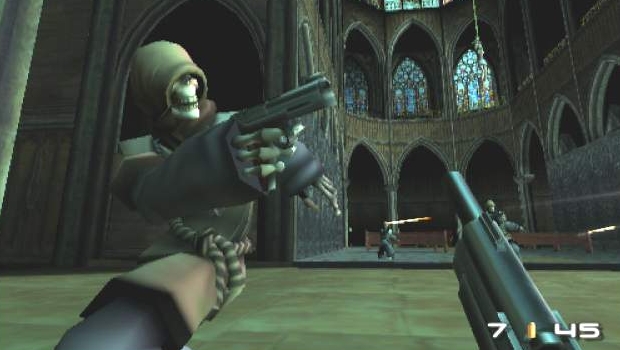
Expectations were sky high for the original TimeSplitters. Many of the minds behind the Nintendo 64s seminal Goldeneye 007 left Rare to form Free Radical Design, and the studios debut game focused on what made them famous: amazingly addictive multiplayer. Unfortunately, though TimeSplitters offered unique humor, an advanced map creator, and bots for multiplayer, the single-player portion lacked appeal. Your choices were an unexciting shooting-gallery campaign, or a challenge mode that was guaranteed to have you tearing your hair out with its sadistic time trials and grueling difficulty.
Luckily, the series didnt have to end before it even began. TimeSplitters 2 delivered the goods in both single- and multiplayer, with heaps of added maps, modes, and tons more polish to the already enticing aesthetic. The story mode was actually engrossing this time around, with nifty objectives and memorable level and enemy designs, while the multiplayer shootouts were enhanced through amusing awards and even more customization options. It was among the best deathmatch action available on consoles, and paved the way for the equally excellent TimeSplitters: Future Perfect.
Twisted Metal 2
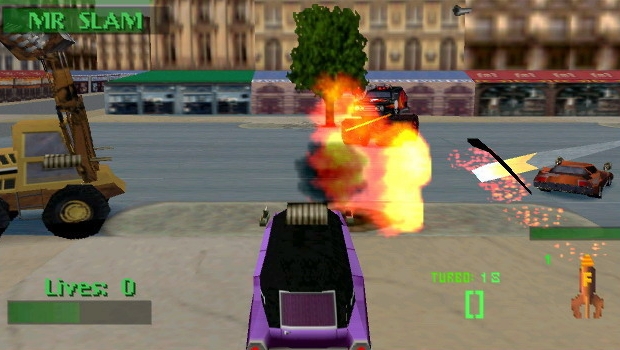
The car combat genre would be nothing without the Twisted Metal series, but the first game in the franchise was a far cry from the brutal vehicular slaughter that we now know and love. Heck, back then, Sweet Tooth wasnt even a terrifying fire-headed serial killer--he was just some dingus with a completely non-threatening clown mask. The basic idea was the same--drive iconic cars while blasting others to bits with an assortment of collectible firearms--but the original Twisted Metal just felt a bit janky. Besides the drab, generic stages and short single-player, the characters lacked that vicious, psychotic edge seen in the modern Twisted Metal.
Twisted Metal 2 was the refinement of everything that made the original engaging, infused with the insanity that David Jaffe and co. were just itching to unleash into the world. Calypsos deranged wish-fulfillment was brought to life through hilarious, darkly-humored cutscenes, the globe-spanning stages were filled with destructive set-pieces, and the vehicles were far more varied. The chaotic multiplayer still holds up to this day, and it laid for the foundation for the consummation of vehicular cruelty that is Twisted Metal: Black.
Street Fighter II

The original Street Fighter was, in a word, garbage. Fighting games were a largely untested concept in 1987 arcades, so Capcom took the plunge with their first one-on-one fighter. While it introduced characters that would eventually become legend, like Ryu and Ken (who were, in fact, the only playable fighters), it also featured ear-splitting music, laughable voice samples, and a truly mundane visual style. And oh yeah--you could bust out one-hit kills with a shoryuken provided the absurdly rigid controls ever let you pull one off.
Street Fighter II, on the other hand, was light-years ahead of its time. The new roster of world warriors spawned some of gamings most memorable characters: Fighters like Zangief, Chun-Li, Dhalsim, and Blanka had all the panache and unique playstyles that the prior Street Fighter lacked. It also emphasized special moves, tight controls, and competitive two-player battles. We may be celebrating Street Fighters 25th anniversary this year on account of the 1987 original, but without SFII, the renowned fighting series--and the genre as a whole--mightve never existed. That alone makes SFII one of the most important sequels in history.
Red Dead Redemption

Originally meant to be published by Capcom, what became Rockstar's Red Dead Revolver is a fine, if derivative, third-person shooter. Cool ideas like the Dead Eye targeting system that slows time down as you empty your gun helped it stand out a bit from the competition of the time, but ultimately the experience felt flat next to its peers.
Luckily, Rockstar didn't take this one out to pasture, because Red Dead Redemption is widely considered one of the greatest games ever made. It takes the core concepts from Revolver (like its signature Dead Eye ability), and applies them to a vast, open world filled with unsavory gunmen and unpredictable wildlife. It helps that the story is way better, too.
Saints Row 2 and The Third and 4

When Saints Row was first announced, all signs pointed to it being a Grand Theft Auto rip-off. Turns out it wasn't just a rip-off, it was also trying way too hard to be edgy, like that kid in high school who thought he was hard just because he owned a couple of Eminem albums. If the series had ended there, it would have gone down in history with other GTA-alikes, like Drive3r or True Crime: Streets of LA.
And then Saints Row 2 came, and all was forgiven. It embraced the sheer lunacy of open-world carnage in a way that Grand Theft Auto never did, and was able to find a voice all its own. Then Saints Row: The Third upped the ante, giving you a dedicated crotch-punch button and letting you wreak all sorts of havoc. By the time Saints Row 4 rolled around and gave you super powers, well, it just seemed like a natural progression of the series.
Second times the charm
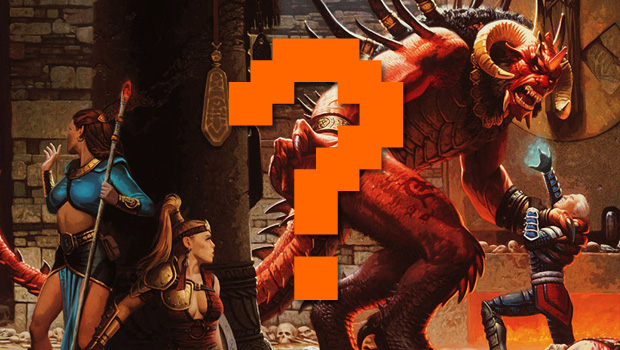
Know of any other amazing sequels that redeemed the lackluster first entry? Let us know in the comments below which mediocre games had awesome follow-ups--and just remember that giving unimpressive games a second chance can result in genre-defining greatness.
Want more on the topic of second chances and deserved redemption? Allow us to kindly direct you to the Top 7... Villains that need their own spin-off games and the Top 7... Cancelled games we wish we could play.

Lucas Sullivan is the former US Managing Editor of GamesRadar+. Lucas spent seven years working for GR, starting as an Associate Editor in 2012 before climbing the ranks. He left us in 2019 to pursue a career path on the other side of the fence, joining 2K Games as a Global Content Manager. Lucas doesn't get to write about games like Borderlands and Mafia anymore, but he does get to help make and market them.
